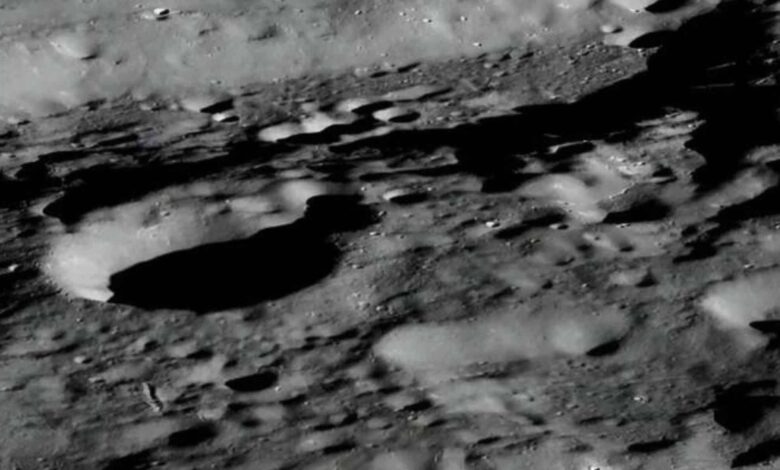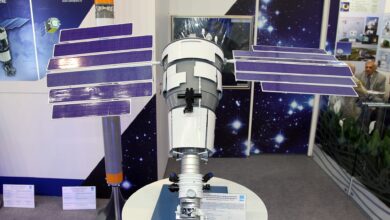NASA Releases New White Papers on Moon to Mars Architecture

[ad_1]
NASA has recently published two new white papers detailing specific areas of its Moon to Mars architecture efforts, providing insights into the agency’s strategy for long-term human exploration of deep space.
Lunar Mobility and Surface Cargo Needs
The first white paper, titled “Lunar Mobility Drivers and Needs,” addresses the challenges and requirements for moving cargo and assets on the lunar surface. This includes considerations from landing sites to areas of use and factors that significantly impact mobility systems.
The paper outlines the need for robust mobility solutions to transport essential equipment, scientific instruments, and other assets across the rugged and varied terrain of the moon. It also discusses the importance of developing vehicles and technologies capable of withstanding the harsh lunar environment, including extreme temperatures and radiation.
The second paper, “Lunar Surface Cargo,” examines the projected needs and identifies current capability gaps for transporting cargo to the moon’s surface. This document delves into the logistical challenges of delivering large quantities of supplies, building materials, and other resources necessary for sustained human presence on the moon.
It highlights the importance of developing efficient and reliable cargo transport systems that can operate autonomously or with minimal human intervention. The paper also explores potential innovations in packaging, handling, and deploying cargo to ensure it reaches its intended destination safely and efficiently.
Strategic Importance and Collaborative Efforts
These white papers are part of NASA’s ongoing efforts to communicate essential information to its stakeholders, including U.S. industry, academia, international partners, and the NASA workforce. Typically, NASA releases a series of technical documents at the end of its annual analysis cycle, but these mid-cycle releases provide timely insights into critical areas of interest.
By sharing these findings, NASA aims to foster collaboration and innovation across the space exploration community. The documents serve as a foundation for discussions on how to address the identified challenges and leverage emerging technologies and capabilities to achieve mission objectives.
Under NASA’s Artemis campaign, the agency aims to establish a sustainable presence on the moon, including landing the first woman, the first person of color, and international partner astronauts on the lunar surface. These efforts are foundational for preparing human expeditions to Mars.
The Artemis program is designed to build a robust infrastructure on the moon that will support long-duration missions and serve as a testing ground for the technologies and procedures needed for Mars exploration. This includes the development of habitats, power systems, and life support technologies that can be scaled and adapted for use on Mars.
NASA’s Future in Lunar and Martian Exploration
The release of these white papers highlights the ongoing work and planning required to achieve NASA’s ambitious goals. Moving forward, NASA will continue to refine its strategies and address the identified capability gaps to ensure the success of future lunar and Martian missions.
The agency plans to leverage the latest advancements in robotics, artificial intelligence, and autonomous systems to enhance the efficiency and safety of space operations. Additionally, NASA will focus on developing sustainable practices for resource utilization, such as in-situ resource utilization (ISRU) technologies, which enable the extraction and use of local materials to support human activities on the moon and Mars.
For more detailed information, the white papers can be accessed through NASA’s official channels, providing a deeper understanding of the challenges and solutions proposed for lunar and Mars exploration. These documents offer valuable insights into the technical and operational considerations that will shape the future of human spaceflight. They also serve as a roadmap for the continued development of capabilities that will enable humanity to explore and settle new frontiers.
These white papers underscore NASA’s commitment to advancing human space exploration and addressing the complex logistical challenges of establishing a sustainable presence on the moon and preparing for future missions to Mars. By identifying and addressing the critical needs for mobility and cargo transport, NASA is laying the groundwork for a new era of exploration that will expand our understanding of the universe and inspire future generations of explorers.
[ad_2]
Source link




